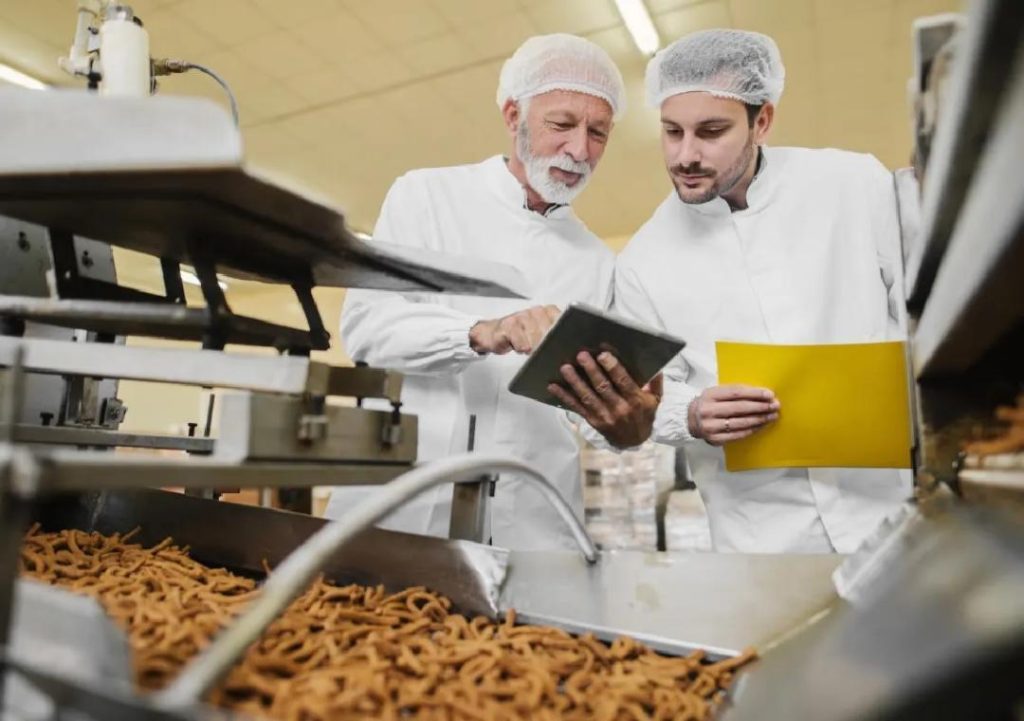
Can P&L Optimisation Redefine Success in Food Technology?
The food technology industry is a dynamic and rapidly evolving sector, with companies constantly seeking new ways to improve their profitability and stay ahead of the competition. One area that has gained significant attention in recent years is profit and loss (P&L) optimisation. By streamlining P&L operations, food technology companies can cut waste, sharpen demand forecasting, and make better decisions, ultimately boosting margins and ensuring sustainable growth.
In this blog post, we’ll explore the importance of P&L optimisation in the food technology industry and how automation, smart inventory systems, and data analytics can help companies achieve success.
The Challenges of Profit and Loss Optimisation
Profit and loss optimisation is a complex process that involves managing various variables, such as production costs, sales revenue, and inventory levels. In the food technology industry, these variables are particularly challenging due to the perishable nature of food products, seasonal fluctuations, and the need to balance quality with cost.
Food technology companies face numerous challenges when it comes to P&L optimisation, including:
- Inventory Management: Managing inventory levels is crucial in the food technology industry, as excess inventory can lead to waste and losses. However, understocking can also result in lost sales and revenue.
- Demand Forecasting: Accurate demand forecasting is essential to ensure that companies produce the right quantities of products to meet customer demand. However, demand forecasting can be challenging, especially in a rapidly changing market.
- Supply Chain Optimisation: The food technology industry is characterised by complex supply chains, with multiple stakeholders involved in the production and distribution of products. Optimising supply chain operations is critical to reduce costs and improve efficiency.
- Data Analysis: The food technology industry generates vast amounts of data, which can be overwhelming to manage. However, data analysis is essential to identify trends, patterns, and areas for improvement.
The Role of Automation, Smart Inventory Systems, and Data Analytics
To overcome the challenges of P&L optimisation, food technology companies are turning to automation, smart inventory systems, and data analytics. These tools can help companies streamline operations, reduce waste, and make better decisions.
- Automation: Automation can help companies streamline P&L operations by automating tasks such as data entry, inventory management, and supply chain management. Automation can also help companies reduce errors and improve accuracy.
- Smart Inventory Systems: Smart inventory systems use data analytics and machine learning algorithms to optimise inventory levels. These systems can help companies predict demand, identify trends, and reduce waste.
- Data Analytics: Data analytics can help companies identify areas for improvement, track key performance indicators, and make data-driven decisions. Data analytics can also help companies identify trends and patterns, which can inform future business strategies.
Case Study: How Food Technology Companies are Achieving Success
To illustrate the importance of P&L optimisation in the food technology industry, let’s consider a case study. A leading food technology company, Specialised Foods, produces a range of food products for the retail and foodservice markets. The company faced significant challenges in managing its P&L operations, including inventory management, demand forecasting, and supply chain optimisation.
To address these challenges, Specialised Foods implemented a range of P&L optimisation strategies, including:
- Automation: The company automated its data entry and inventory management processes, reducing errors and improving accuracy.
- Smart Inventory Systems: Specialised Foods implemented a smart inventory system that used data analytics and machine learning algorithms to predict demand and optimise inventory levels.
- Data Analytics: The company used data analytics to track key performance indicators, identify areas for improvement, and make data-driven decisions.
As a result of these strategies, Specialised Foods achieved significant improvements in its P&L operations, including:
- Reduced Inventory Levels: The company reduced its inventory levels by 20%, reducing waste and improving efficiency.
- Improved Demand Forecasting: Specialised Foods improved its demand forecasting accuracy by 15%, enabling the company to produce the right quantities of products to meet customer demand.
- Increased Revenue: The company increased its revenue by 10%, driven by improved demand forecasting and reduced waste.
Conclusion
In conclusion, P&L optimisation is a critical component of success in the food technology industry. By streamlining P&L operations, food technology companies can cut waste, sharpen demand forecasting, and make better decisions. Automation, smart inventory systems, and data analytics are key tools that can help companies achieve success in this area.
As the food technology industry continues to evolve, it’s likely that P&L optimisation will become increasingly important. Companies that adopt scalable models, automate P&L operations, and leverage data analytics will be well-positioned to achieve success and stay competitive in the industry.
Source:
https://www.growthjockey.com/blogs/p-and-l-operations-in-food-tech






